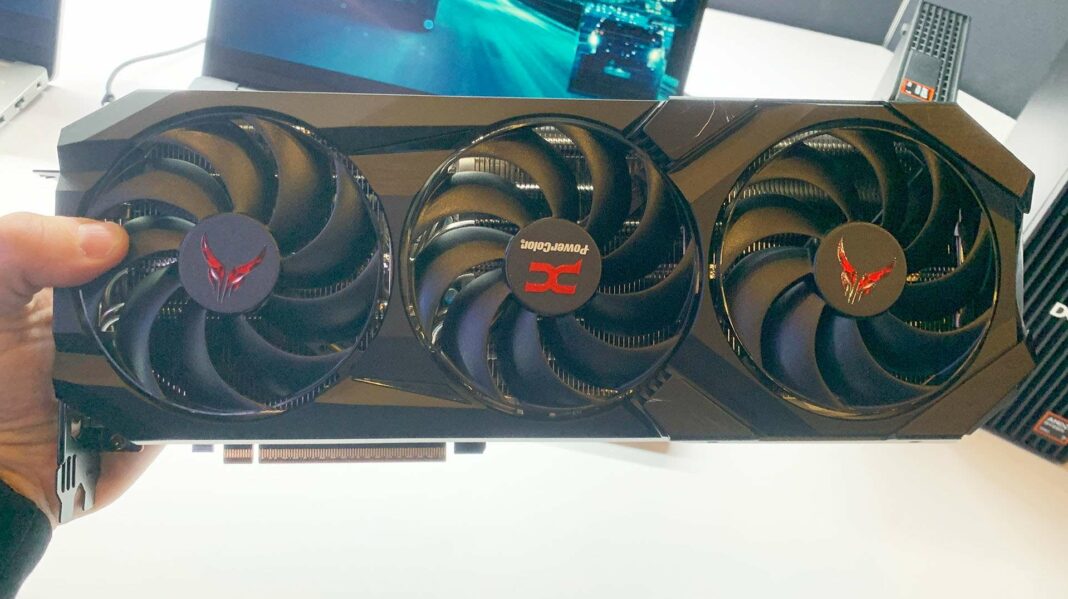When selecting a mobile plan, consider factors beyond price, such as network quality and reception. Evaluations reveal variances in performance among operators like Orange, SFR, Bouygues Telecom, and Free Mobile, particularly in 4G and 5G services. Annual assessments by nPerf and Arcep provide insights into user experiences. Although 5G is advancing, 4G remains prevalent, with full coverage expected post-2030. Interactive maps on Mon Réseau Mobile aid in understanding local network conditions for informed decision-making.
Choosing the Right Mobile Plan: Key Considerations
If you’re looking to switch your mobile plan, you might find yourself torn between different operators. While the subscription price is undoubtedly a key factor, there are additional aspects to consider, particularly the quality of the mobile network. A reliable connection with excellent reception and high-speed internet access is essential for an enjoyable user experience.
Evaluating Network Reception Across Operators
Unfortunately, there isn’t a straightforward answer to the question of which operator offers the best reception. National averages can often overlook local variations where one provider may excel while another falls short. It’s crucial to avoid drawing quick conclusions from comparison charts alone.
Your mobile usage can vary greatly depending on your location—whether you’re at home, work, on public transport, or enjoying a vacation. Each of these scenarios can influence the performance of mobile networks, which may alter the rankings of different operators.
Despite the limitations of available comparisons, they can still provide a valuable snapshot of mobile network quality in France. Annual evaluations conducted by the telecom regulator and various barometers help shed light on the current state of mobile networks.
Current Leader in Mobile Network Quality
With some caveats in mind, we can glean insights from various observatories that assess the performance of major players like Orange, SFR, Bouygues Telecom, and Free Mobile in both 4G and 5G networks. Keep in mind that there are also virtual operators (MVNOs) that rely on the infrastructure of these primary providers.
Two prominent sources for assessing the performance hierarchy among these operators are nPerf and the Regulatory Authority for Electronic Communications and Posts (Arcep). nPerf, based in Lyon, and Arcep, an independent administrative authority, both provide valuable insights into telecommunications.
According to the nPerf annual barometer released in January 2025, Free Mobile ranks last among the major operators in France. The analysis reveals that Free trails behind its competitors in terms of latency, download speeds, upload speeds, and page loading times. Despite this, the differences in download speeds between Free and Bouygues Telecom are minimal, while SFR and Orange show a more significant lead. Overall, Orange appears to be the top operator, albeit by a slim margin.
In terms of ultra-high-speed mobile internet, or 5G, the rankings remain consistent. Free sits at the bottom, Bouygues occupies a middle position, and SFR and Orange are closely competing for the top spot, with Orange slightly ahead in detailed assessments.
Understanding Network Performance Evaluation
The telecom regulator conducts annual evaluations to provide a comprehensive view of service quality, including SMS reception, download speeds, video loading times, and web browsing capabilities. These evaluations help to paint a clearer picture of user experiences across different networks.
In 2023, the measurement campaign spanned from mid-May to mid-August, with over one million measurements taken across 2G, 3G, 4G, and 5G technologies throughout metropolitan France. The focus was on real-life usage scenarios, including phone calls, SMS, and video streaming, ensuring that the findings accurately reflect the user experience.
The Future of 5G Coverage in France
While 5G technology is rapidly progressing, 4G remains the dominant mobile technology for the time being. Complete 5G coverage across mainland France is projected to be achieved only after 2030. However, in major urban areas, high-speed mobile internet is becoming increasingly accessible, provided you have a compatible device and appropriate mobile plan, with some operators even offering 5G at no extra cost.
The telecom regulator also maintains a 5G deployment observatory, showcasing the coverage maps of operators, with the latest updates available from December 2024. In terms of 4G, overall coverage is impressive, exceeding 99% of the population, although some areas still lack sufficient service.
To bridge the remaining gaps, initiatives like the New Mobile Deal are being implemented, focusing on eliminating the last areas without 4G coverage, particularly in remote or hard-to-reach locations.
For those interested in local coverage, interactive maps are available on the Mon Réseau Mobile website, providing insights into network conditions specific to your area, helping you make an informed decision based on your particular circumstances.
Lastly, while each operator aims to build its own infrastructure, there are still agreements among them allowing for the use of rival networks, which can further complicate your choice of provider.
